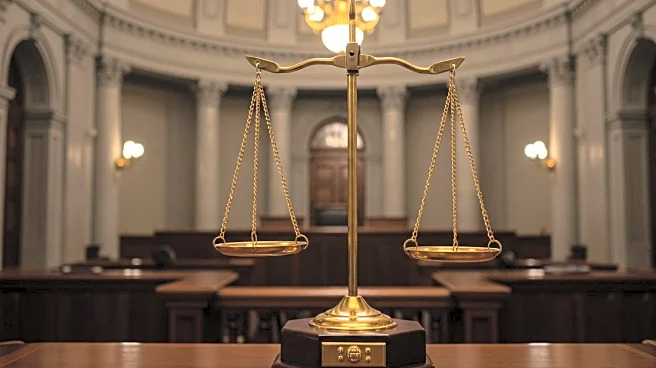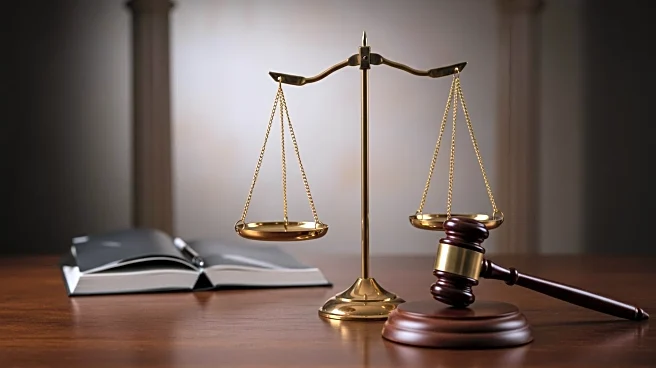Rapid Read • 7 min read
Recent court decisions are significantly impacting the mass tort bankruptcy landscape, particularly in Chapter 11 cases involving companies with substantial tort liabilities. Notable cases include Red River Talc and Boy Scouts of America, which have influenced the rights of debtors, creditors, and insurers. The Supreme Court's ruling in Purdue Pharma, which barred nonconsensual third-party releases in reorganization plans, and Truck Insurance v. Kaiser Gypsum, which endorsed broad standing for insurers, are pivotal in shaping legal strategies and outcomes in these cases.
AD
These decisions are crucial for stakeholders in mass tort bankruptcy cases, as they redefine the legal boundaries and rights of involved parties. For companies facing mass tort liabilities, the rulings could affect their ability to reorganize and manage claims effectively. Insurers and creditors may gain more leverage in negotiations, potentially altering the financial dynamics of bankruptcy proceedings. The implications for U.S. public policy and legal practice are significant, as these cases set precedents that could influence future bankruptcy filings and litigation strategies.
The legal community will closely monitor the implementation of these rulings in ongoing and future bankruptcy cases. Companies facing mass tort liabilities may need to reassess their legal strategies and consider alternative approaches to reorganization. Insurers and creditors are likely to explore new avenues for asserting their rights in bankruptcy proceedings. Additionally, these decisions may prompt legislative discussions on bankruptcy reform, as stakeholders seek clarity and consistency in the legal framework governing mass tort cases.
AD
More Stories You Might Enjoy











